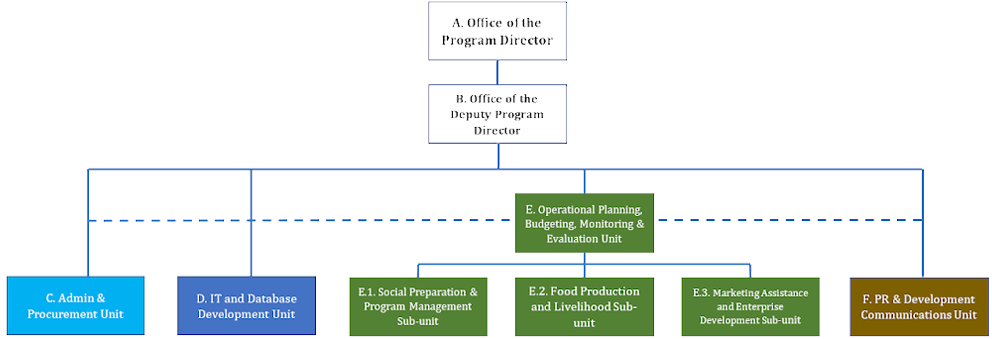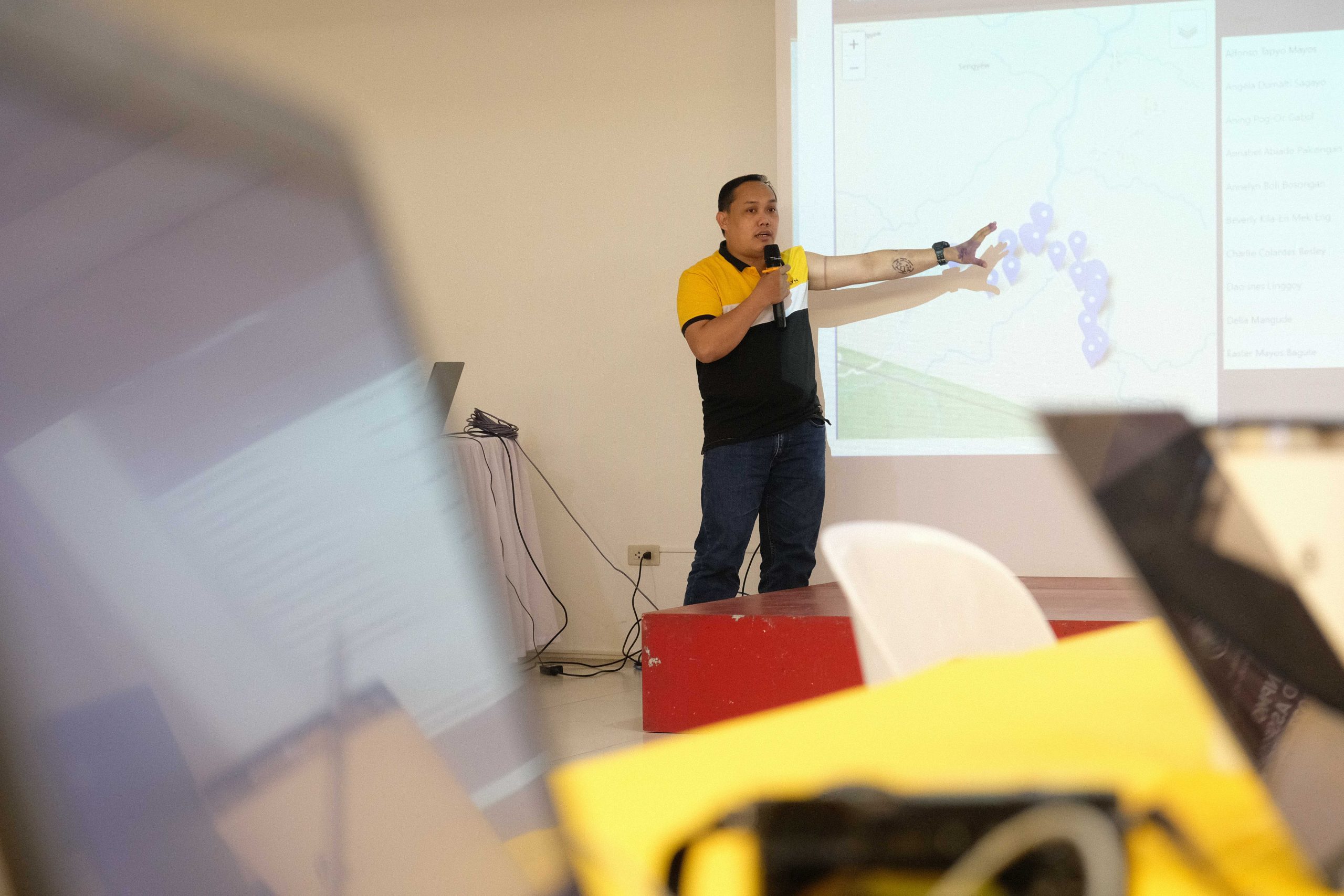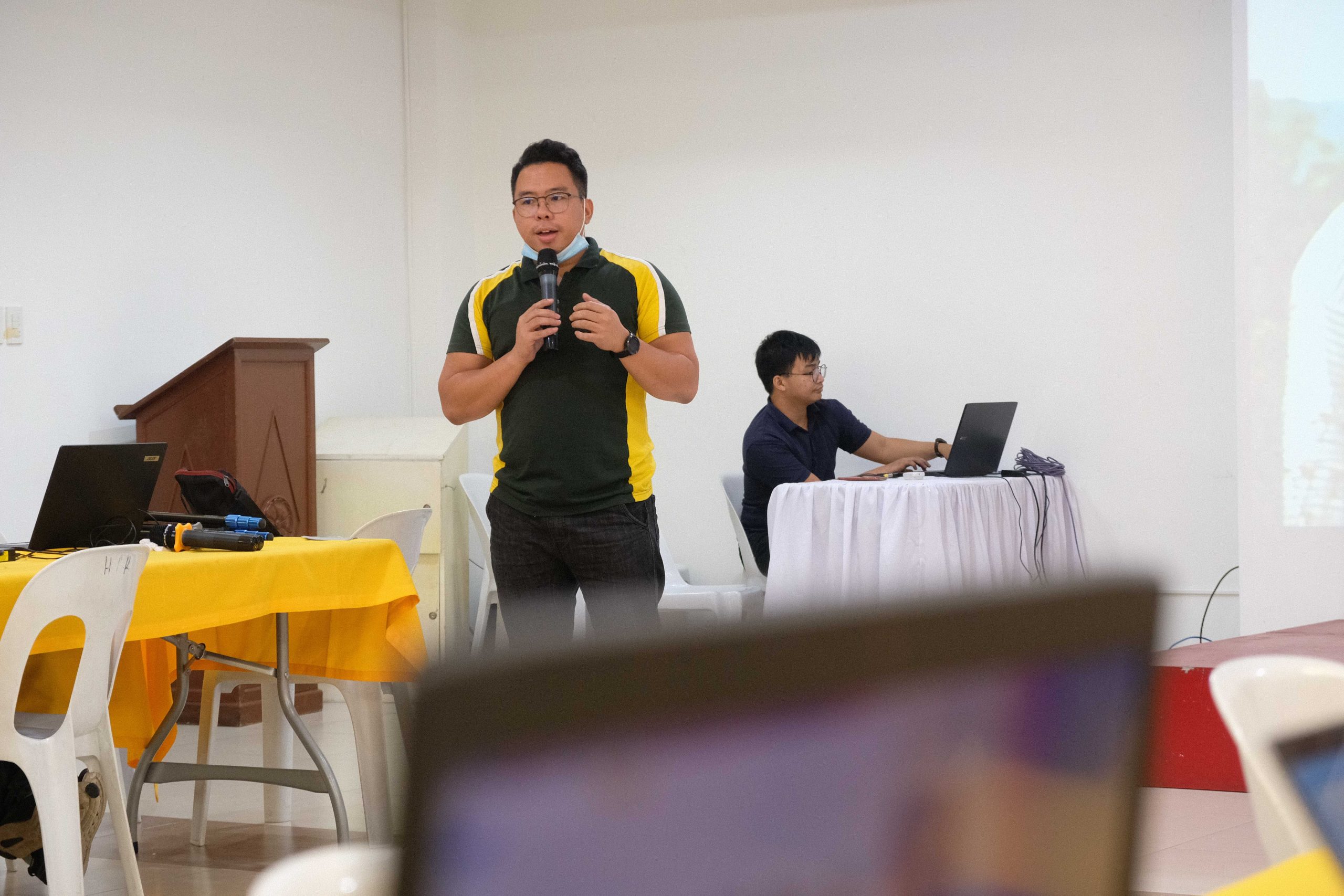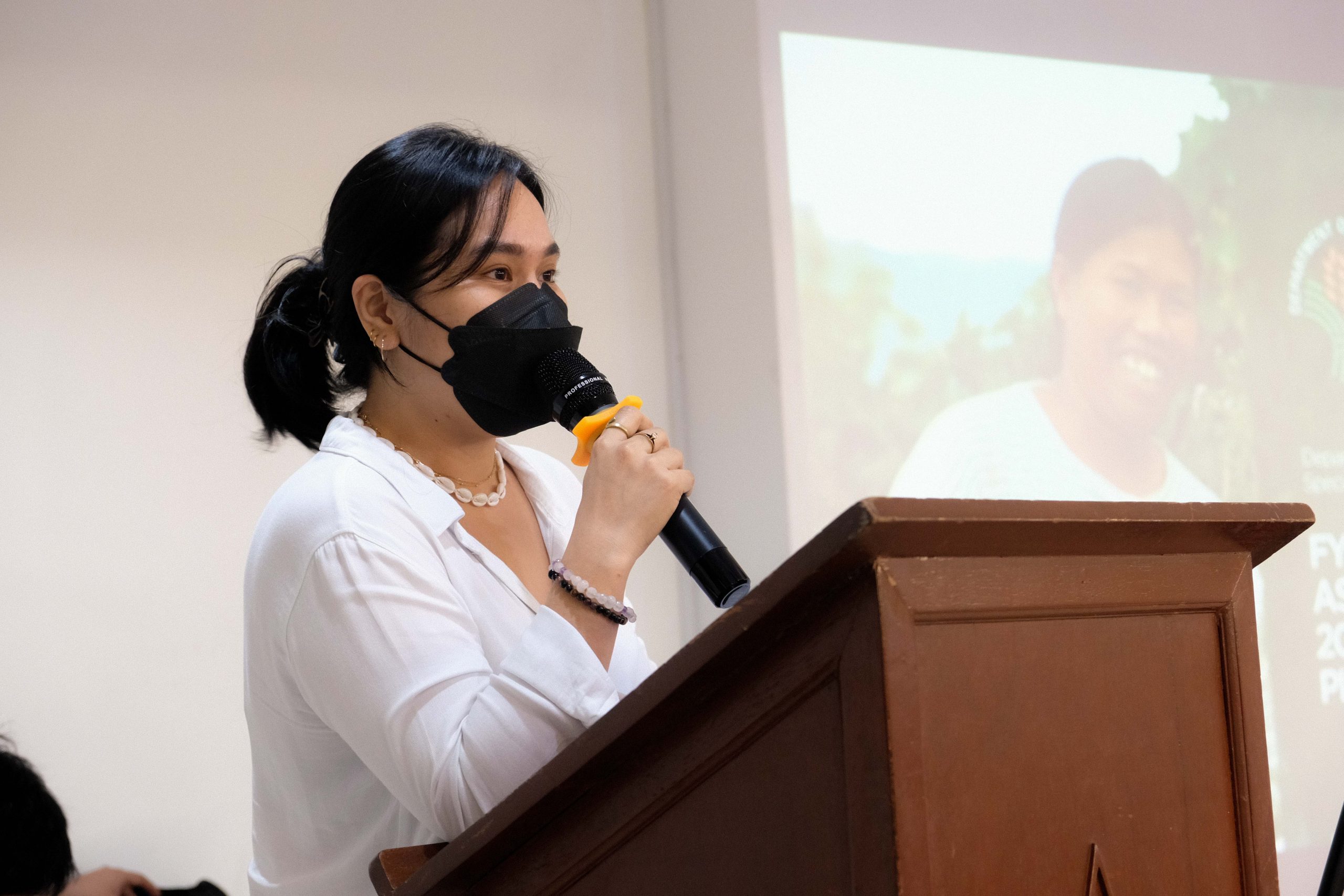PAMPANGA, January 6, 2023 – After six years of pursuing localized agricultural development for the most marginalized, the Department of Agriculture – Special Area for Agricultural Development (DA-SAAD) Program – National Program Management Office (NPMO) renews its commitment to improving its services during its FY 2022 Year-end Assessment and Strategic Planning for FY 2023. Major changes by rationalizing the workforce structure will be adapted to prioritize targeted actions and initiatives in pursuit of achieving the program’s objectives.
SAAD Phase 1 final year converged its efforts into accomplishing remaining projects for the beneficiaries and transitioning thriving projects and enterprises to concerned agencies for sustained operations. Simultaneously, the national and regional implementers joined forces in securing the extension of the program which was successfully achieved evidently in the passage of the General Appropriations Act (GAA) last December 16, 2022.
During the activity, DA national offices belonging to the program steering committee and SAAD regional implementers were invited virtually to participate in the presentation of the impact assessment studies evaluating community significance of the major components and initiatives of the program. The presentation also underscored recommendations of research partners to improve operations – useful feedback that will begin in the logical makeup of the internal program administration.
These studies were conducted by partner higher education institutions namely, Central Luzon State University (CLSU) and Don Mariano Marcos State University (DMMMSU).
SAAD Program Director Ulysses J. Lustria Jr. highlighted that the studies’ findings showing positive effects of the SAAD on beneficiaries were contributory to the approval of the program’s Phase 2. He also stressed, paraphrasing Professor Dennis A. Rondinelli, that the SAAD is a development project and as such, is a policy experiment. Thus, possible project changes, such as organizational reforms, will be studied and conducted.
SAAD NPMO units also presented major changes that the Program shall take for its Phase 2 giving rise to subunits aimed at improving the components which are at the core of the operations.
Operational Planning Budget, Monitoring & Evaluation Unit (OPBME)
The existing Planning, Monitoring and Evaluation (PME) unit in Phase 2 will transition to OPBME which has three (3) subunits to monitor namely:
- Social Preparation and Program Management (SPPM)
- Food Production and Livelihood (FPL)
- Market Assistance and Enterprise Development (MAED)
This is to strategize the overall planning and monitoring of each four (4) components of the Program and its implementation on the ground.
In their 2022 report facilitated by Mr. Darwin Pamatmat, OPBME Head, he discussed the FY2022 financial utilization of the Program where it successfully achieved an overall cumulative 95% disbursement rate and 76% disbursement rate from 2017 to 2022 as of November, 2022. Mr. Pamatmat proceeded to discuss the FY2023 Budget Allocation for the agriculture sector:
Table 1. FY 2023 NEP vs Recasted (GAA)

Table 1.1 FY 2023 NEP vs Recasted (GAA)

As shown in the tables above, the Program has to endure a 38.28% or Php 450,000.00 budget cut from its initial proposal of Php 1,175,401. The following table shows how the 38.28% decrease in the budget transpired in the FY2023 target and plans of the Program.
Table 1.2 FY 2023 NEP vs Recasted (GAA)

The SAAD Regional Program Management Support Offices have already conducted beneficiary and stakeholders consultations prior to the recast, hence, the difficulty in reducing targets. However, the interventions proposed for 2023 were reduced to cope with the budget recast and still comply with its stakeholders and beneficiaries for 2023. The above data and translation to physical targets only reflect the agriculture sector, however, the same fate happened for the fisheries sector led by the Bureau of Fisheries and Aquatic Resources (BFAR) SAAD.
Structural changes
Bearing in mind the beneficial actions in the long run for its implementers, an organizational structure rationalization to be adapted from the national office to regional support offices was introduced. This move shall strengthen identified approaches of the program backed with a qualified and sufficient workforce to do the legwork.
Illustration 1. SAAD NPMO Organizational Structure

1 The Office of the Program Director shall be filled out by a DA Regular Official at least DA Chief position either full time or part time to the program thru a Special Order (SO) assigned by the DA Secretary
2 The Office of the Deputy Program Director shall be filled out by a DA Regular Official at least DA Supervising position either full time or part time to the program thru a Special Order (SO) signed by the DA Secretary
Previously PME unit staff, Ms. Marie Abigail dela Cruz will be heading the new SPPM sub-unit. As social preparation and program management units comprise the backbone of project implementation, guidelines for the Social Preparation component shall be crafted to formalize procedures in the said phase. Further, to understand the communities better, a Participatory Rural Appraisal (PRA) pilot in CALABARZON will be conducted to incorporate said method to better understand the communities.
For the livelihood projects, Mr. Kit Gopela of the new FPL sub-unit committed to the enhancement of livelihood projects and specialized training, as well as the crafting of Guidelines for the FY 2024-2028 Multi-Year Strategic Planning Workshop, among others.
Enterprise building remains to be the peak goal of the projects with a subunit dedicated to focusing on the related activities, the MAED which will be headed by Ms. Ashley Apigo. The unit will begin to organize consultative meetings with select partner offices and agencies within and outside DA to arrive at a comprehensive basis for the crafting of MAED Guidelines, manual, training, and other activities.
Information & Technology and Database Development (IDD) unit
IDD Head, Mr. Randy Ocampo reported on the 90% database completion of SAAD beneficiaries profiling by January 2023 and close linkages with the Registry System for the Basic Sectors in Agriculture (RSBSA) as primary requirement for beneficiaries of the Phase 2 implementation.
In the updated database new features will be delivered such as the inclusion of farm areas of the beneficiaries to derive a more detailed database.
New plug-ins and overall branding of the website are also in the talks with the Public Relations and Development Communication unit.
Public Relations and Development Communication (PRDC) unit
Enthralling plans and campaigns for Phase 2, PRDC Head Ms. Jessamae Gabon presented the KAYA! Campaign that will encompass the unit’s framework of branding and delivery of communication intervention and Unlad Lokal that aims to produce a coffee-table book featuring on-field documented experiences and will serve as an archive of community-based enterprises (CBEs) from Phase 1 awarded interventions.
Said unit is the program’s arm to expand the reach of information, which in Phase 2, shall strive to address farmer-oriented materials for communication. The unit also transitioned from Public Relations and Communication to Development Communication with the aim to refocus materials to involve and empower local farming communities as consumers of communication and not mere subjects of discussion.
Ms. Gabon also highlighted the importance of close coordination and collaboration with each unit for a coextensive functioning with the goal of efficient oaring of undertakings, particularly with the unit’s scope of services.
Administrative and Procurement (AP) unit
The unit served as an important pillar in the fulfillment of administrative requirements of the implementers of the Program. Ms. Juliet Franciso, AP Head, discussed the budget utilization of the NPMO and their targets to conduct training particular to their line of work such as Admin Capability Building Training/Completed Staff Work and Updates on Government Procurement Reform Act (RA 9184).
From SAAD Phase 1 coverage including 11 regions focused on the top 30 most marginalized provinces, SAAD Phase 2 (2023-2028) will transition to municipalities as main targets areas where 619 municipalities belonging to 5th-6th income classes, and the top third poorest areas excluding BARMM will be assessed to receive assistance from the project. The selection is based on the PSA 2018 Small Area Estimates and Department of Finance (DOF) Order No. 23-08. SAAD plans to reach 546 groups (fisheries sector not included) across 15 regions and 56 provinces. ###
Writers: Jessamae Gabon, Allanes T. Bagoso, DA-SAAD NPMO Information Officers









Comments (0)